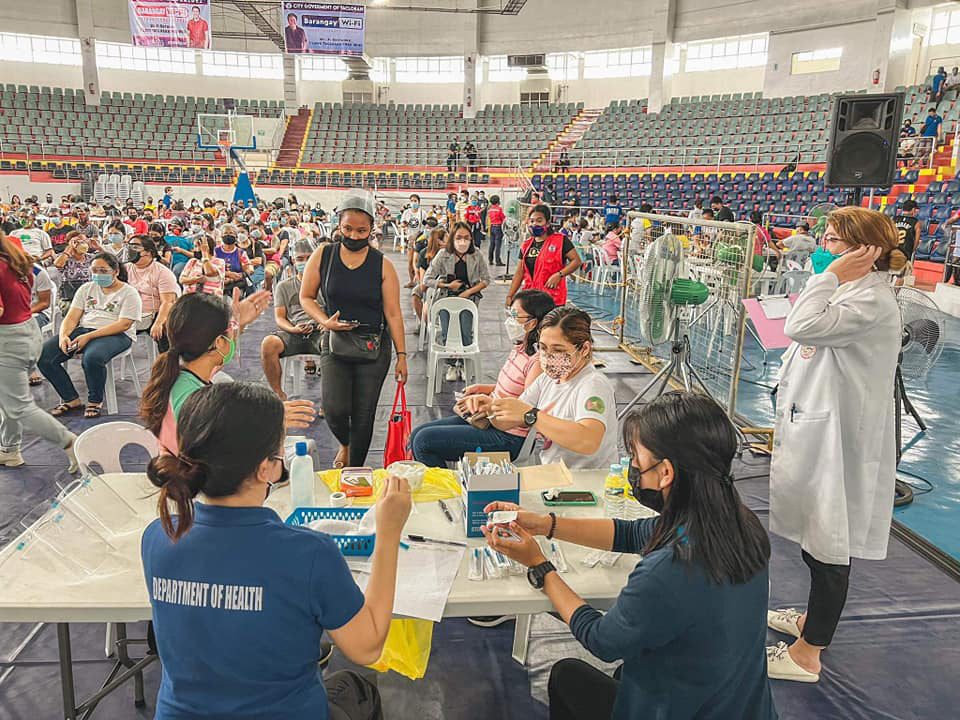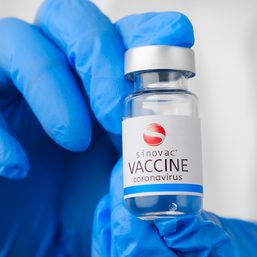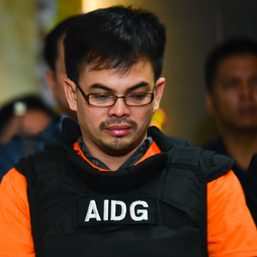SUMMARY
This is AI generated summarization, which may have errors. For context, always refer to the full article.

Eastern Visayas needs to expand vaccine coverage to more than 2.5 million individuals to achieve the government’s targeted herd immunity, according to Department of Health regional data.
The DOH on October 28 said 775,428 or 23.06% of the target vaccination coverage have been fully vaccinated in the region as of Thursday, October 28.
Eastern Visayas must inoculate 2,587,209 individuals more to meet its 70%-of-population target, or 3,362,637 individuals.
A breakdown of vaccine numbers in the region show the following receiving at least one dose as of October 28:
- Leyte: 366,796 or 32% out of the 1,159,497 target population;
- Southern Leyte: 118,038 or 38% out of 314,411;
- Samar: 139,174 or 24% out of 580,593;
- Northern Samar: 122,218 or 26% out of 472,637;
- Eastern Samar: 144,066 or 40% out of 357,903; and
- Biliran: 55,160 or 44% out of 126,502.
DOH Regional Information Officer Jelyn Lopez-Malibago told Rappler that Biliran province is eyeing to achieve herd immunity by November 15.
Lopez-Malibago said the health department has been coordinating with local officials to improve vaccination rates.
“We’re confident in the region, based on the commitment shown by our local chief executives. We already visited the six provinces and so far it was well received by all the governors and mayors,” she said in a mix of Waray and English.
But she also acknowledged that religious beliefs and misinformation contributed to people’s skepticism over the vaccination program.
“I personally encountered religious groups that do not believe in vaccines,” she said in a mix of Waray and English. “To address this, we would communicate with the religious groups, identify the reasons for their skepticism, and inform them because some of them are just misinformed.”
“Still, we expected this. In all programs that involve immunization, there’s really a certain percentage that is vaccine hesitant, and it’s acceptable because we have to respect their choices, their decisions,” she added.
Aside from vaccine hesitancy, Lopez-Malibago said that accessibility remains an issue among senior citizens and people with comorbidities living in far-flung areas. But because there had been vaccination drives conducted against measles and polio before, rural health units know the strategies to address the issue of accessibility, she added.
“That’s why we conduct house-to-house and mobile vaccinations. Most of our LGUs are already doing this,” she said.
To improve inoculation rates, Lopez-Malibago said that the DOH in the region hired additional vaccinators and deployed them to provinces and cities, strengthened coordination with local officials, and capacitated local government units (LGUs) to handle temperature-sensitive vaccines like Pfizer and Moderna, among others.” – Rappler.com
Brynch Bonachita is a Visayas-based journalist and an awardee of the Aries Rufo Journalism Fellowship.
Editor’s note: An earlier version of this report quoted old vaccination data for Leyte province and Northern Samar. These have been corrected.
Add a comment
How does this make you feel?

![[Rappler’s Best] US does propaganda? Of course.](https://www.rappler.com/tachyon/2024/06/US-does-propaganda-Of-course-june-17-2024.jpg?resize=257%2C257&crop=236px%2C0px%2C720px%2C720px)













There are no comments yet. Add your comment to start the conversation.